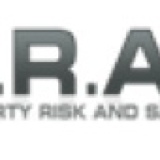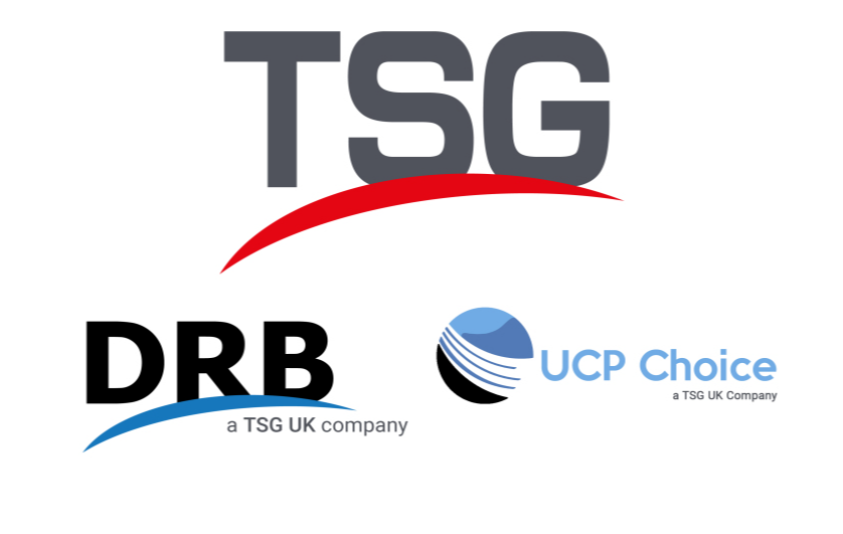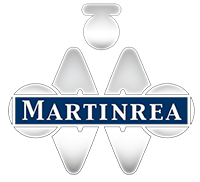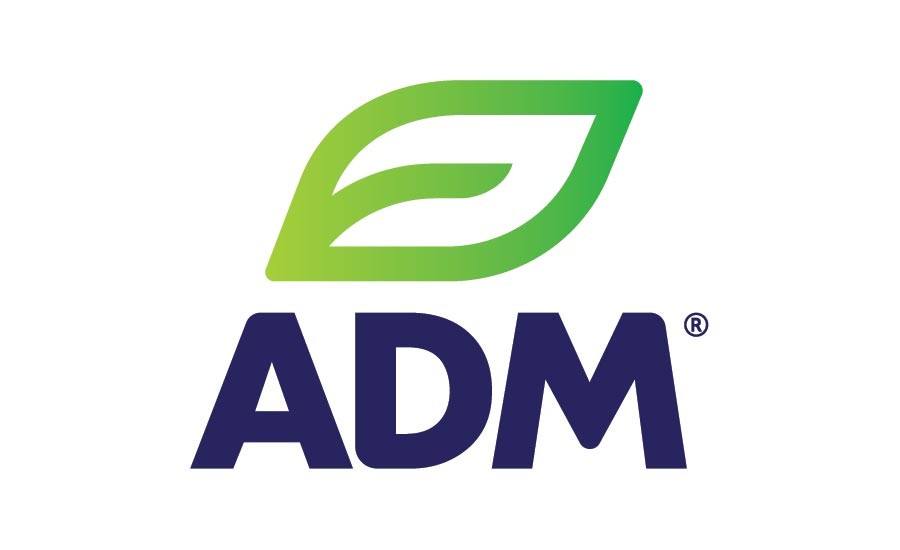Information
-
Document No.
-
Audit Title
-
Client / Site
-
Conducted on
-
Prepared by
-
Location
-
Personnel conducting field review
-
Contract Company Observed
Legal requirements
-
DOL notified-CR 3
-
GAR 4 - copy of OHS ACT
-
Letter of good standing
-
Base line risk assessments /hazard identification
-
All appointments and assigned duties 6.1/16.2/6.2/6.6
-
Mandatory agreements section 37
Housekeeping
-
Are safe access areas to the job site provided for all workers
-
Are stairways,passageways and gangways kept free of material,supplies or obstructions that are a potential hazard
-
Is all debris and trash picked up and placed in the containers or refuse bins
-
Are protruding nails ,forms,scrap lumber, and other debris kept clear from work areas,passageways and stairs and in around the buildings or other structures
-
Are drip pans used to collect oils and fluids
-
Are chutes provided to remove waste from above level floors
-
Are work areas tidy and free from trip hazards
-
Are empty cement bags and other dust producing materials removed from the work areas?
Isolation of Hazardous Energy
-
Can the work wait until the unit is completely (LOTO) shutdown?
-
Energy isolation requires a specialized work permit (energy control plan worksheet), Is there one in place?
-
Has the crew reviewed the permit and understand the hazards associated with the work?
-
Are personnel performing the isolation of hazardous energy trained and competent in the roles for which they are responsible?
-
Are all energy sources identified and isolated?
-
Has de-energization been verified before work begins?
-
Has mechanical equipment been safely restrained?
-
Have positive energy isolation techniques been used where vessel entry or open flame hot work is required?
-
Are all isolation points locked, tagged and documented?
-
Does each personal lock / tag used for energy control only identify and are used by a competent / approved individual?
-
Have operations and maintenance personnel reviewed the energy isolation that has been done on the system?
Electrical
-
Are cords and plugs inspected daily before use and tagged appropriately?
-
Has the equipment been de-energized and verified before starting work?
-
Are power tools grounded or double insulated and GFCI's in use?
-
Are electrical tool NOT used where gas or fuel vapors exist in the atmosphere?
-
Are cords NOT damaged or patched with tape?
-
Is care taken to ensure cords do not lay / rub against sharp edges, doorways, stairwells, walkways and in water?
-
Personnel do NOT use electrical equipment in wet conditions and areas?
-
Are electrical tools being used in confined spaces between 12 and 120 volt maximum?
Permit To Work
-
Have personnel assigned PTE roles been trained in those roles and do they appear competent in those roles?
-
Is it clear that the same person cannot act as Permit Issuer, Permit Approver or Permit Requester / holder at the same time?
-
Is the approved Permit to Work available at the job site or prominently displayed?
-
Are the permits completed correctly (comprehensively filled in with valid date / times)?
-
Are approved specialized work permits (hot work, excavation, confined space, etc) available / displayed at the job site?
-
Was a hazard analysis (JSA) completed during the planning of work and did workers discuss the JSA prior to starting work?
-
Have all precautions and safety measures been put in place to conduct work safely and mitigate risks?
-
Have steps needed to prepare the job site / equipment for the start of work, as noted on the permit to work, been completed satisfactorily?
-
Has the JSA and possible risks to all affected been effectively communicated?
-
Have any changes happened in this activity that would cause you to use a SWA?
-
Has the permit in use been expired (does the permit need to be re-validated)?
-
Do crew understand the conditions for work stoppage or permit cancellations?
Job Safety Analysis
-
Do the hazards on the JSA correspond to the physical task at hand?
-
Have the identified hazards been effectively communicated and mitigated?
-
Are the people present knowledgeable in identifying the hazards associated with the work and the work area?
-
Has the work crew signed off on the JSA?
-
Have environmental conditions such as location, light, noise and weather been considered in performing the work?
-
Have job specific emergency / rescue plans been considered and are they available?
-
Have the steps in the JSA identified each potential hazard and steps to mitigate those hazards?
-
If the job has not been completed and the same JSA is used, has it been updated and signed off again?
-
Are the JSA's being reviewed and signed by other work crews who come on site during work?
-
Is the JSA displayed at the job site (if applicable / practicable)?
-
Does the JSA correspond with the ongoing activity being conducted?
Hot Work
-
Is there a Hot Work Permit at the job site and has it been signed by the Permit Approver and the work team leader?
-
Has the Hot Work Permit been thoroughly completed and acknowledged by the fire watch?
-
Have hazards associated with isolation of hazardous energy bee identified and mitigated prior to beginning work?
-
Are personnel performing the work competent in the roles for which they are responsible?
-
Has the qualified gas tester / chemist determined the frequency of gas testing based on the potential risk?
-
Is a fire watch present at the work activity and monitoring the work?
-
If work was interrupted by a Stop Work Authority, weather conditions, alarms or unforeseen dangerous conditions, were the conditions re-evaluated and was the Hot Work permit revalidated before work was restarted?
-
Do personnel performing the work understand that hot tapping requires subject matter expert input, written procedures and a high level of management approval?
-
Have sources of ignition that could come into contact with sources of fuel been identified and risks mitigated?
-
Is all the required fire suppression equipment on site, operable and service in date?
-
Are barriers between hot work and sources of fuel adequate and maintained?
-
Are welding shields or physical barriers provided to protect nearby workers?
-
Is a fire blanket or spark containment device available at work site and used when necessary?
-
Are areas below welding / burning / cutting barricaded and clearly demarcated?
Working At Heights
-
Has the responsible person considered if the work can be done at ground level instead of at heights?
-
Have hazards been associated with Working at Heights been identified and mitigated prior to beginning work?
-
Are personnel protected from fall by either fall prevention (guardrails etc) or fall protection systems that are n place (safety harness etc) and are sufficient?
-
Are the people performing work competent in the roles for which they are responsible for?
-
Are workers wearing fall-arrest equipment NOT working alone and using 100% tie off?
-
Are rescue personnel and equipment available (either on site or on call) and audit able records available of turnaround times?
-
Working at heights greater than 6' is a high risk - was a JSA completed and reviewed with all members of the work crew and is a Permit to Work on site?
-
Are all persons working at height trained in the proper use, maintenance and inspection of the equipment they will be required to use?
-
Are workers using full body harness and not safety belts?
-
If the job was interrupted due to SWA or adverse conditions (rain / wind), alarms unforeseen dangerous conditions, was. The job re-assessed and all hazards mitigated?
-
Has adequate barricading been put in place below work position with approved signage?
-
Has the job been communicated to all affected personnel, including crane operator and banksmen / riggers?
Work on Ladders
-
Was the ladder inspected prior t use and have a load rating tag?
-
Are ladders on secure footing, tied off to prevent sliding or is someone helping by holding the ladder?
-
Are ladders being used properly? (4:1 angle, ladders accessing roof or other area extend at least 3' above the point of exit, working within 6' of leading edge requires 100% tie off and not working from the top 3 rungs)
-
Are ladders being stored correctly (secured to wall if stored vertically)
-
Is the ladder free from paint and imperfections?
-
Is footwear / ladder rungs clear and free of any slippery substances?
-
Is the ladder the only means of access or an alternate means?
-
Is the ladder free from any visible damage to any part of the structure (cracks, twisted or excessively worn parts)?
Confined Space Entry
-
Is there a PTW and Confined Space Entry permit at the job site (has it been signed by the permit to work officer / requester / issuer)?
-
Have the hazards associated with the confined space been identified and mitigated prior to beginning work?
-
Has a qualified gas tester / chemist performed gas testing for entry into confined space?
-
Has a gas free entry certificate been issued for the confined space and is it available on site?
-
Is a rescue plan in place and understood by the rescue personnel and the personnel working in the confined space?
-
Has the rescue plan been example drilled with an audit-able record?
-
Do entry watch personnel understand they should never attempt to enter a confined space, even in an emergency, until help arrives?
-
Do rescue personnel have the correct rescue equipment at the work station?
-
Is the entry log up to date and maintained?
-
Are provisions made for a qualified entry guard to be on site at all times when personnel are in the confined space?
-
Is the confined space secured and flammable gas sources removed whenever the confined space is left unattended for any period of time?
-
Is there a handover process in place should the work take longer than a single shift (in way of the status of equipment being worked on)?
-
Is there a clear communication plan in place?
-
Have workers been trained in CONFINED SPACE ENTRY protocol and procedures?
-
Have workers reviewed the JSA and understand the risks involved?
Scaffolding
-
Is scaffolding being inspected by a competent person before being put into initial use and at the start of each shift?
-
Is the scaffolding visibly red / yellow / green tagged (at eye level) at each designated access point?
-
Are Tags being filled out completely and affixed in a manner that effectively communicates the condition of the scaffold to workers following inspection?
-
Are scaffold user trained and competent in using the scaffold? Certification available?
-
Are work areas or walkways below scaffolds appropriately barricaded, demarcated and sign posted?
-
Are all scaffold work platforms equipped with guardrails installed prior to work beginning (except when erecting scaffolding)?
-
Are anchoring and bracing present to prevent scaffold from swaying, tipping or collapsing?
-
Is there a safe and unconstructed means of access such as a walkway, stair or ladder (securely attached), provided to all scaffold platforms?
-
Is there NO work being done from scaffold platforms during slippery wet and adverse weather conditions (including high winds)?
-
Are workers working in restricted barricaded areas?
-
Is all work on scaffold platform being conducted within the guardrails, and if not, is personal fall protection system being used?
-
Are personnel NOT extending their working height by standing on boxes or guardrails rather than on scaffold platform?
-
Are personnel removing any components of a completed scaffold under the direct supervision of a competent person?
-
Are scaffolding baseplates / base jacks being used on solid surfaces (not in water)?
-
Are all components of the work platform present (fully boarded, toe boards, mid rail, top rail & sway bars)?
Lifting and Rigging
-
Have hazards associated with lifting and rigging been identified and mitigated prior to beginning work?
-
Have competent personnel completed the steps needed to safely prepare the job site and equipment for the start of work?
-
Has a pre-use inspection been done to verify that lifting & rigging equipment and crew are certified to do the job?
-
Has the pre-planning been completed prior to lifting and rigging?
-
Has a pre-use inspection of the crane been performed?
-
Has the crane pre-use checklist and monthly checklist been completed properly and is it being maintained?
-
Is the load securely placed in the lay down area and free of any support from the crane before rigging equipment being removed?
-
Is the crew familiar with the hazards around the job site including simultaneous lifting operations and overhead power lines etc?
-
Have all precautions been taken for lifts over operating equipment or facilities including power lines?
-
Are appropriate permits and JSA's in place and accessible to the work crew?
-
Has the contractor provided documentation of crane operation radius and lift calculations for the job at hand (lifting plan)?
-
Does the crane have its certification and inspection records available?
-
Is the crane equipped with a safe working load (SWL) indicator such as light and siren?
-
Is the crane equipped with two anti-blocking devices?
-
Does the crane have a legible load chart which is located where the operator can see it?
-
Is the crane swing radius (cab, counter weight and boom) properly barricaded to prevent unauthorized entry?
-
Is an aerial spotter available when personnel are being elevated in an aerial lift over high traffic areas, where there is the potential for injury or property damage when contact is made with facility structures or systems?
-
Did the aerial lift operator conduct pre-use equipment inspections according the manufacturers instructions?
-
Has the load been correctly slung with no unequal lengths and loose material in or on the load?
-
Are the banksmen / riggers adequately trained / experienced to sen and receive loads?
-
Is the certification for banksmen / riggers and crane operators available?
-
Is adequate communication methods being used (I.e. radios and hand signals) between operators and banksmen / riggers without outside interference?
-
Are the slings and chains within the regular service dates?
Personal Protective Equipment
-
Are hard hats worn (with the bill facing forward and square) in designated areas?
-
Is appropriate eye and face protection being worn (i.e. hard side shields, face shields. Goggles)?
-
Are personnel utilizing ear protection near and in noise zones?
-
Is appropriate footwear being worn (steel tip work boots / shoes)?
-
Is appropriate respiratory protection being utilized (dust mask, level 2 respiratory mask)?
-
Has the respirator wearer performed positive / negative fit checks?
-
Is appropriate clothing being worn (I.e. long sleeves, long pants & coveralls)?
-
Are personnel wearing the appropriate gloves for the task at hand?
-
Are personnel who are working over or close to water equipped with proper flotation devices?
-
Is PPE in good condition and made to recognized standards (ANSI, SABS, SANS, etc)?
-
Are personnel aware of proper inspection, use and care of all PPE?
Powered Industrial Vehicles
-
Are all drivers / operators properly certified and trained in the safe operation of vehicles and equipment?
-
Are maintenance programs in place?
-
Does every haulage vehicle and piece of heavy equipment have a working back-up alarm?
-
Are forklifts, trucks and other equipment NOT loaded above their designated safe carrying capacity or weight and secured?
-
Are seat belts provided on all vehicles and in good working order?
-
Vehicles and heavy equipment parked with parking brake set?
-
Are fire extinguishers fitted, regularly inspected and operational?
-
Are the drivers / operators equipped with adequate / approved / correct PPE?
-
Is there a spotter in place if necessary?
-
Are PIV's fitted and using the approved chocks if necessary?
-
Is the PTW displayed in / on the vehicle?
Barricading
-
Have the barricade boundaries been established to form a safe perimeter around the hazard area to protect personnel working outside the boundary from hazardous conditions?
-
Has an alternative egress or path of travel been established if barricade blocks standard pattern of traffic flow (both pedestrian and vehicular)?
-
Are emergency exits clear and not impacted by the barricaded area or have alternative emergency exits been established and communicated?
-
Are barricade tags complete and affixed at regular intervals along the barricaded boundary?
-
Is lighting provided if required to illuminate the barricade boundary at night?
-
Have all necessary local permits been completed and filed with the local authorities as necessary if barricade will impact public roadway?
-
Are additional hazard communication signs in place?
-
Have hazards within the barricaded area been adequately communicated to personnel who will work within the boundary in order for them to safely perform their work tasks?
Hand Tools / Machine Guarding
-
Are personnel using the correct tools for the job?
-
Are appropriate guards in place and functional?
-
Are tools and equipment in good condition and undamaged?
-
Do personnel unplug / disconnect their power tools before changing parts or performing maintenance on the tool?
-
Are personnel using correct face and front body PPE (I.e. face shield, mask apron etc)?
-
Are air hoses for pneumatic tools with mechanical connections secured with he appropriate pins or locking mechanisms / whip restraints?
-
Are personnel using the appropriate / approved working platforms if elevated?
-
Are the appropriate tables or work platforms being used?
-
Is the area adequately and correctly barricaded to prevent other trades from adverse effect?
-
Has the barricaded area been clearly marked with the correct signage and worker identification?
Masonry / Plastering/brickwork
-
Are personnel using the appropriate / approved working platforms if elevated?
-
Is the appropriate PPE being utilized for the task at hand?
-
Is the mixing area and travel distance approved?
-
Has an approved water supply been provided? (No open drums to be used)
-
Has material handling, stacking and storage been kept to a minimum?
-
Is body posture / position correct while working on scaffolding and working platforms?
-
Is adequate barricading and approved signage being utilized if required?
-
Have all scaffolding or elevated working platforms been inspected and tagged prior to use?
Protecting the public
-
Is the public protected from the works ie:construction site fenced off
-
Is their any potential hazards that could fall into public area or harm the public in any way
-
Have all the necessary signage been erected to notify or inform the public of the potential hazards
Noise
-
Are barriers erected to reduce the spread of noise
-
Is work sequenced to minimize the number of people/workers exposed to noise.
-
Is the suitable PPE OR HEARING protection provided and worn in noisy areas
-
Has the level of noise been tested
Field Review Acknowledgement and Sign Off
-
Was the GC health and safety representative present during the field review?
-
Name and signature of accompanying GC health and safety representative
-
Name and signature of field reviewer
-
Date and time of field review completion











